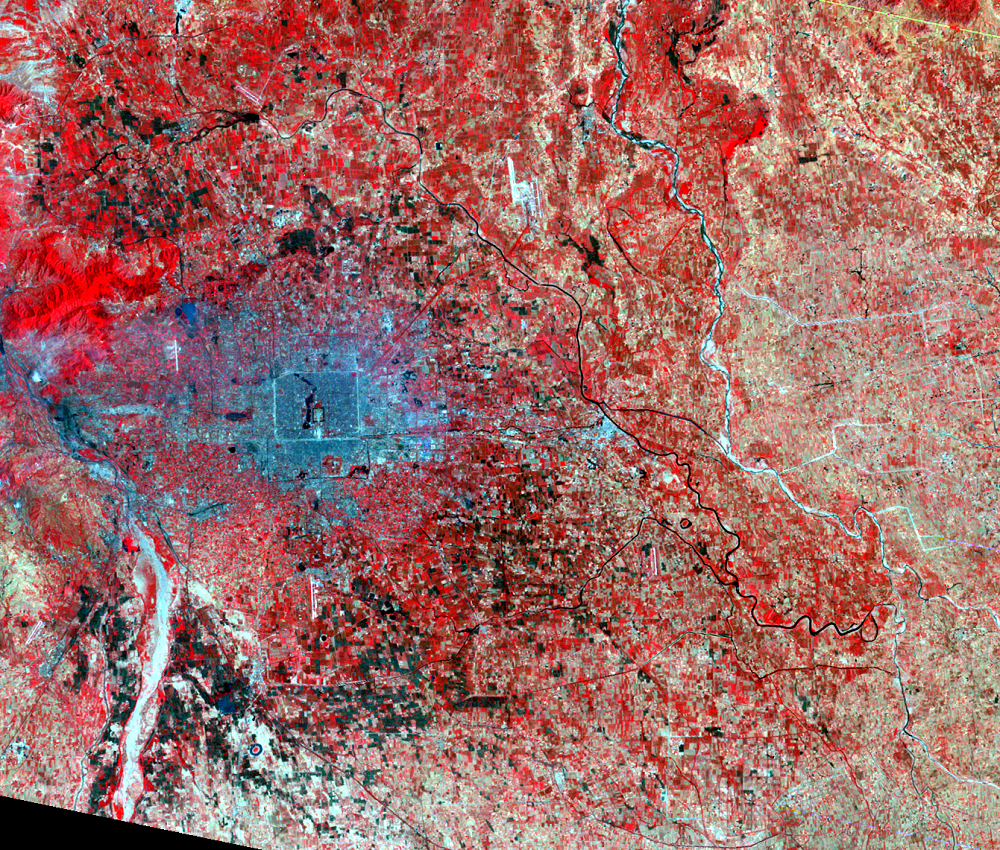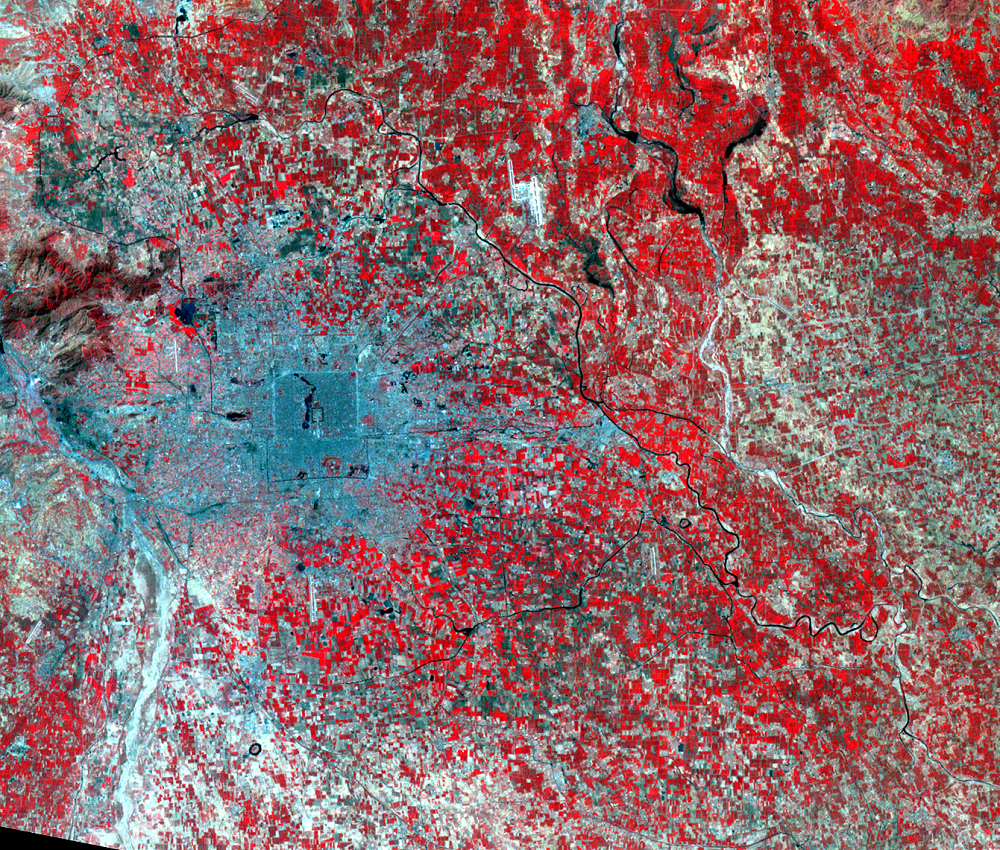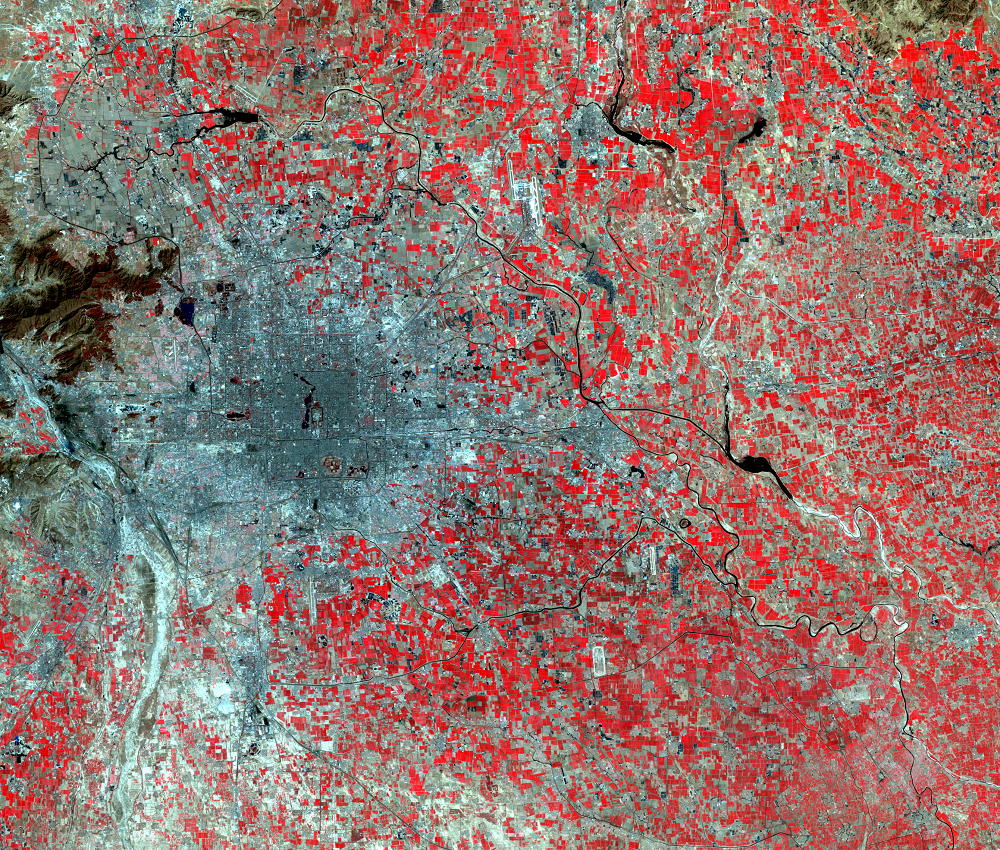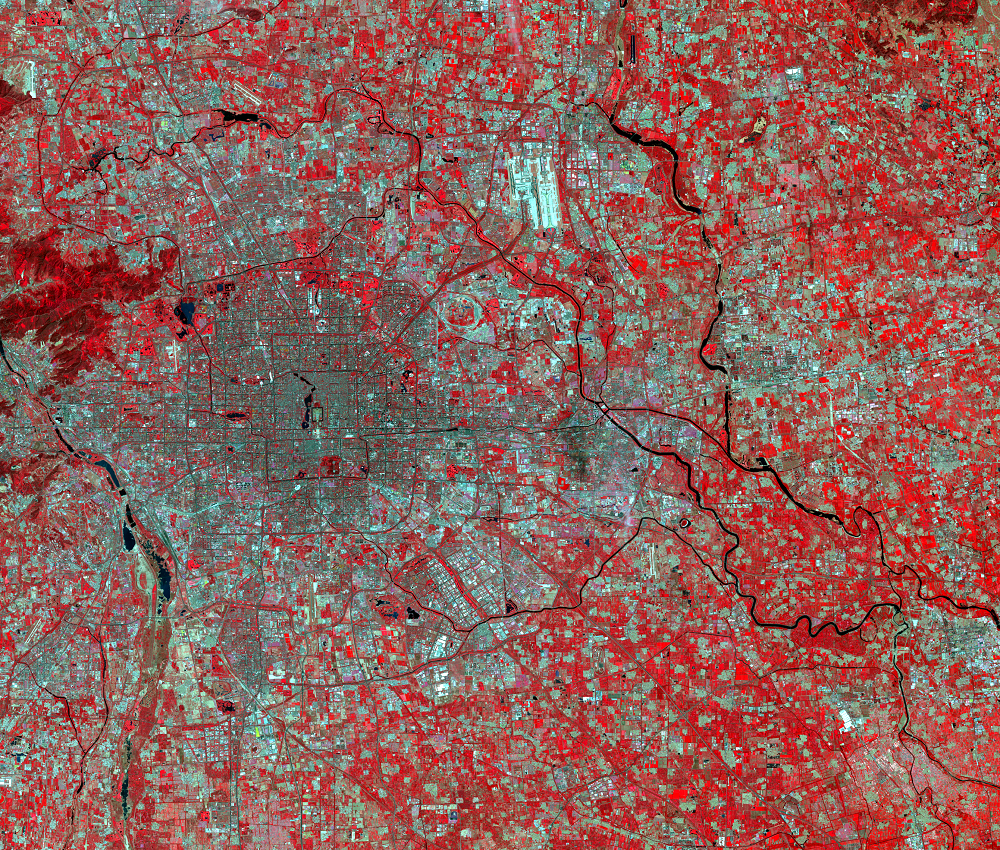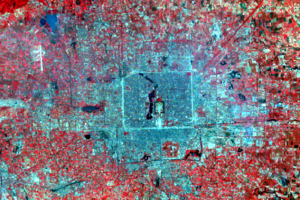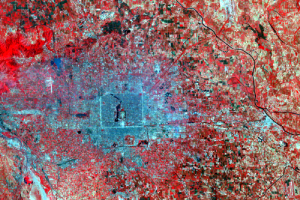Beijing has grown and changed remarkably in the "reform era" since 1979, in its own distinct pattern. U.S. cities, for example, are often shaped like a circus tent, with a sharp peak of skyscrapers in the center, sloping off to mid-rise buildings and then low suburbs of single-family houses. Beijing, in contrast, is bowl-shaped, with low historic buildings in its center, surrounded by many commercial skyscrapers and residential towers. Height restrictions have limited many buildings to 3 stories within 250 m of the Forbidden City, 10 stories within the Second Ring Road, and unlimited stories beyond. And single-family buildings are rare in Beijing, except in recent western-style suburbs built for foreigners.
Several distinct dynamics have shaped Beijing's growth. The state built a great deal of housing in Beijing during the 1950s, but little was built in the 1960s and 1970s, partly to discourage migration to the city. In the 1970s, many people who spent the Cultural Revolution in the countryside returned to Beijing, and others came seeking jobs. Married couples increasingly sought their own home after marriage rather than living with their parents. By the late 1970s, housing was scarce and crowded. In 1979, along with new reforms, came a boom in housing construction that was much-needed. Beijing's 2021 population is estimated at just over 19.4 million, with a population density of just over 4,600 people per square km.
In the more socialist era of 1949–1979, most Beijingers lived and worked in the same place. These "work units" included communal dining halls and infirmaries. So the city was not highly differentiated into office, shopping, industrial, and residential areas. There were few reasons to travel across town often. This has also changed in the reform era; housing is typically still tied to a job, especially for the many state employees, but this housing is not at the workplace. Many work-units buy floors of apartment buildings, or other blocks of housing, so many coworkers live together.
In the 1980s, many industrial plants were moved from the central city to outlying areas. Much of the new housing was also outside the Third Ring Road, in medium- and high-rise buildings often built on former agricultural land. In the central city, office districts and shopping districts have been built or expanded. Many new buildings serve the increasing number of foreigners doing business in Beijing.
Partly because people's daily activities now occur in separate parts of the city, traffic has increased greatly, and congestion is a major problem. An extensive subway line now operates in Beijing. By 2010, the Beijing subway network had 14 lines, 198 stations, and 336 km of track.
The Chinese government has provided a bicycle renting system in Beijing to try to relieve traffic congestion. But car use has risen dramatically in the last decade, and city planners are planning around the automobile and building expressways.


